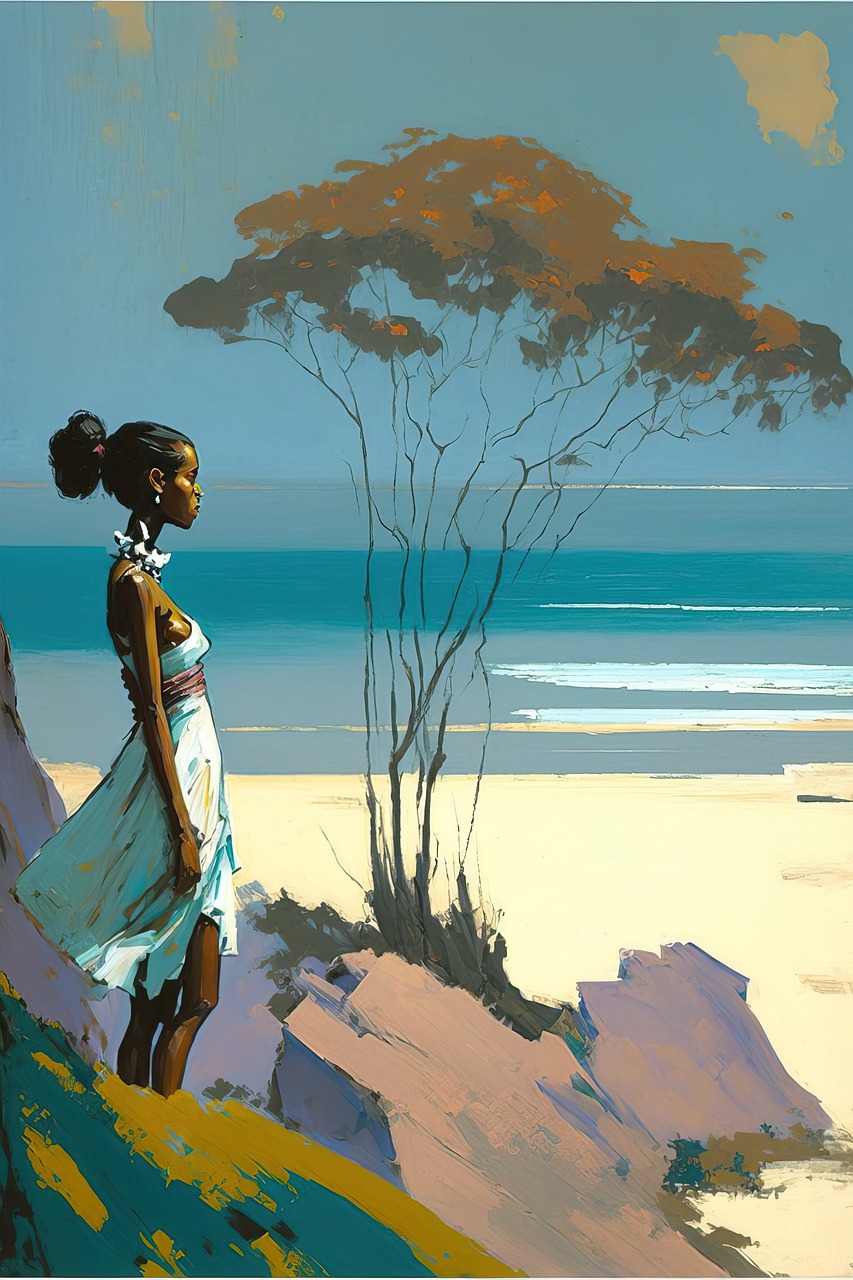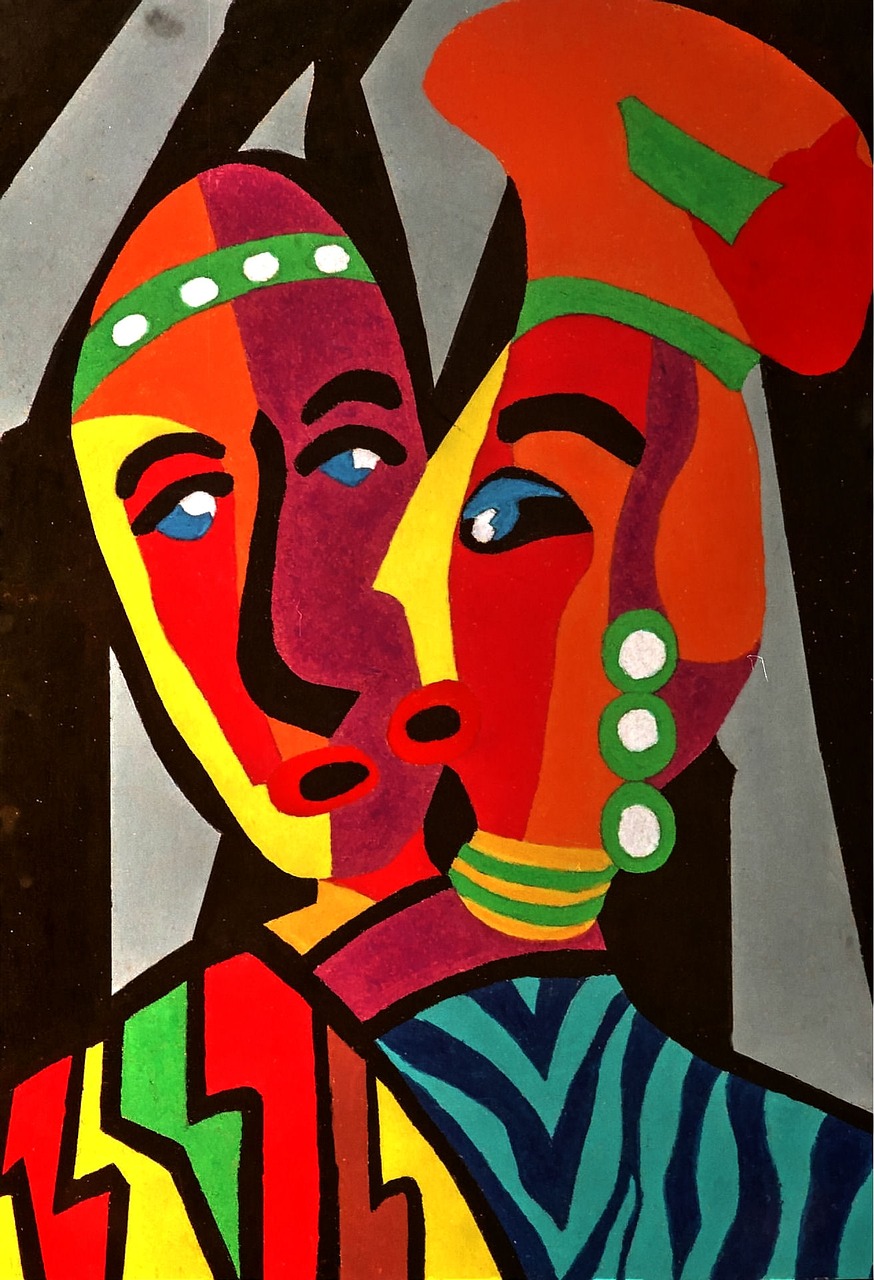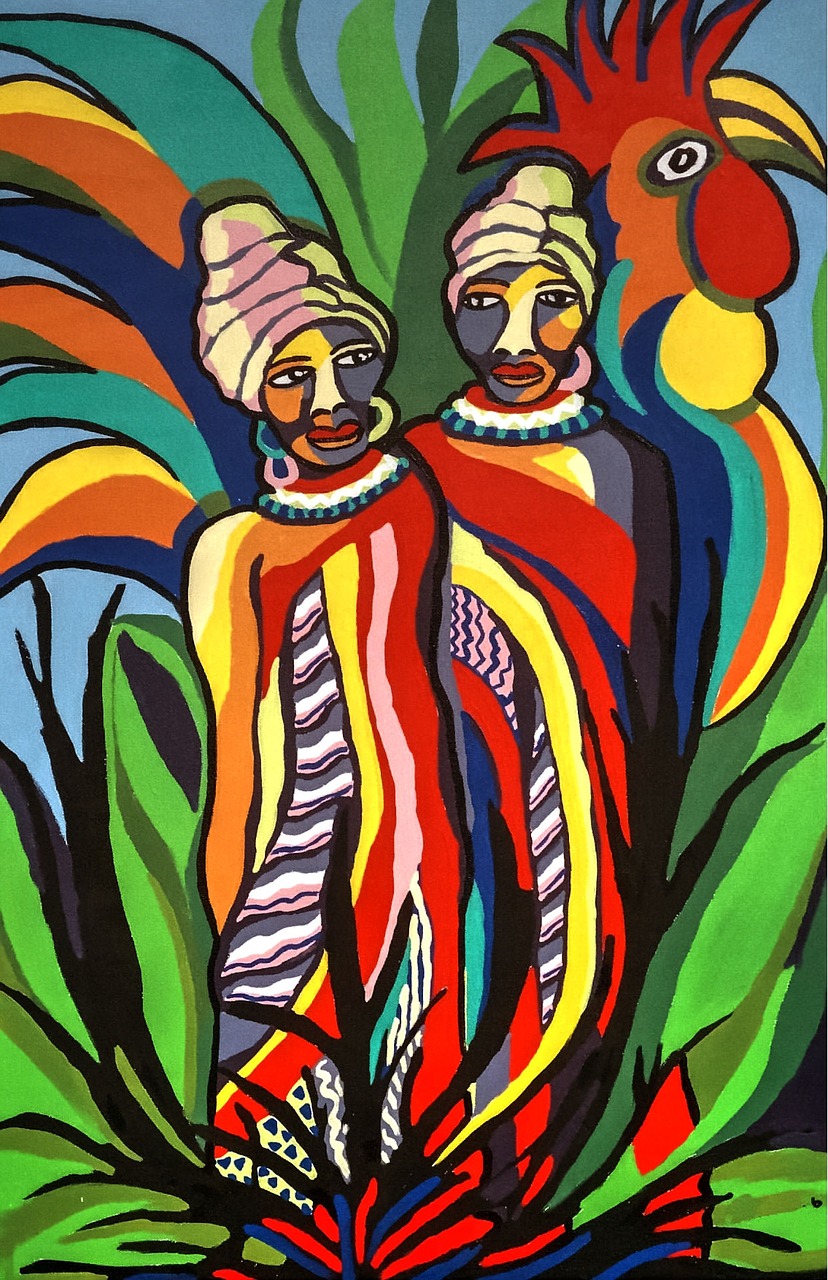
Photo magazines are cinema for the mind. More than 140 photos by over 30 foreign photographers are included in the Revue Noire exhibition, which Pivin and Léon organised. They want to demonstrate how Revue Noire promoted (and served as a symbol for) the rise of various kinds of artistic expression in Africa, ranging from the visual arts to literature, cinema, and music, and covering a diversity of aesthetics and messages. Additionally, they aim to demonstrate how the publication evolved into a tool for educating and motivating people while showcasing the breadth and diversity of African artistic practices across all disciplines.
Over the course of its ten-year existence, Revue Noire published the work of thousands of African-American artists. More than 3,500 African-born or -based artists had their work published by Revue Noire magazine between its launch in 1991 and its closure in 2001. The magazine’s founders, Jean Loup Pivin and Pascal Martin Saint Léon explain that with a concentration on photography, their goal was to show that “there existed art in Africa,” a point frequently disregarded at the time by many in the mainstream art world.
Examining the magazine’s impact is the subject of a survey at Hakanto Contemporary in Madagascar’s capital city of Antananarivo. The artist Jol Andrianomearisoa serves as the artistic director of Hakanto Contemporary, a non-profit organisation established in 2020.
The fundamental goal is to display photos in a nation where photography has been a significant form of visual expression for many generations—and where, strange as it may seem, it is most misunderstood. In particular, Antananarivo served as a centre for photographic techniques, including photojournalism, humanist photography, and more artistic styles of photography in addition to studio photography.
The works of renowned Malian photographer Malick Sidibé, Senegalese studio photographer Mama Casset, and Nigerian-born Rotimi Fani-Kayodé, who co-founded the London-based Autograph ABP gallery, will be among the exhibition’s highlights.
Considering the past of African art as categorised via a Eurocentric, colonial, or neo-colonial prism, the significance of the exhibition taking place in Africa cannot be underestimated. Rarely do African nations or Indian Ocean nations conduct exhibitions that focus on the continent’s cultural history. The exhibit aims to demonstrate that hundreds of photographers from around the globe have each made a significant contribution to the aesthetic landscape of Africa and that the continent cannot always be boiled down to a select group of photographers on the basis of exoticism.



